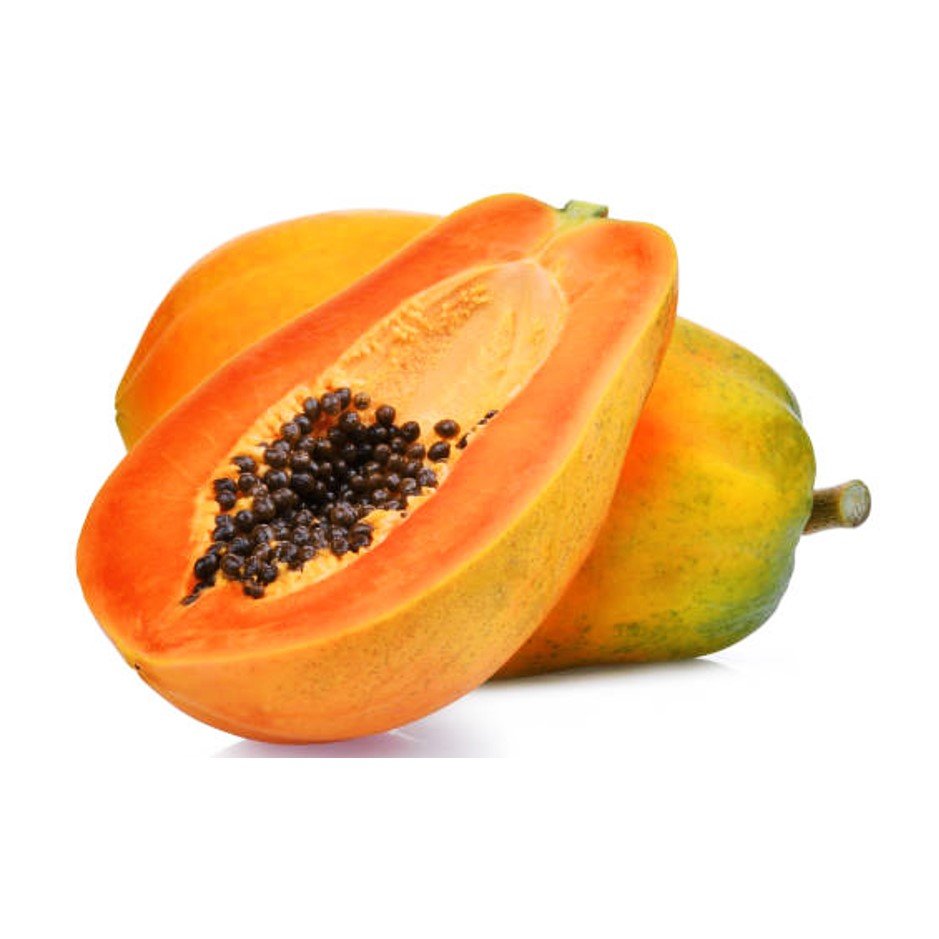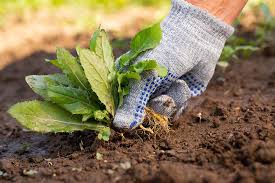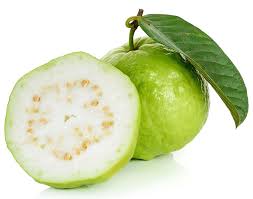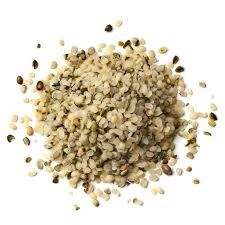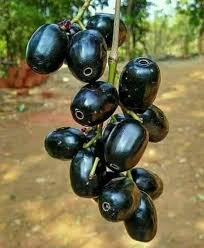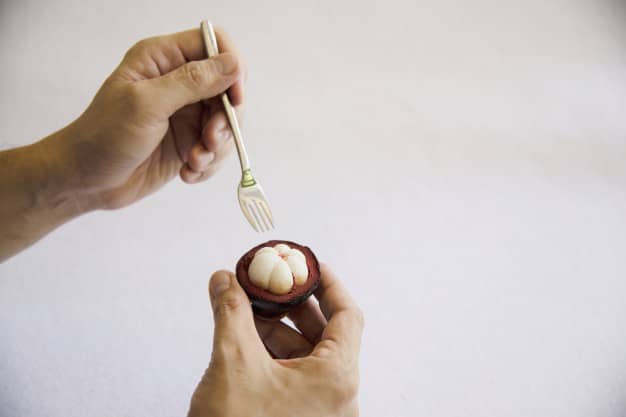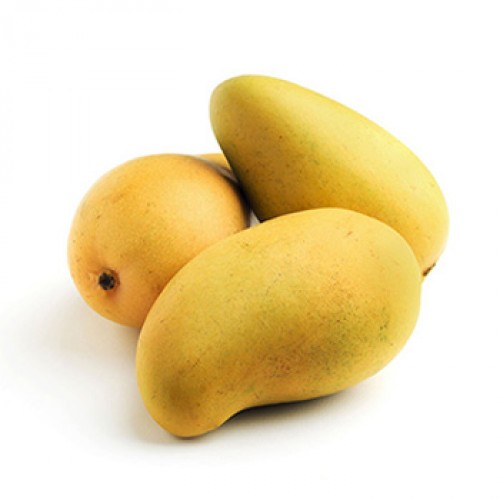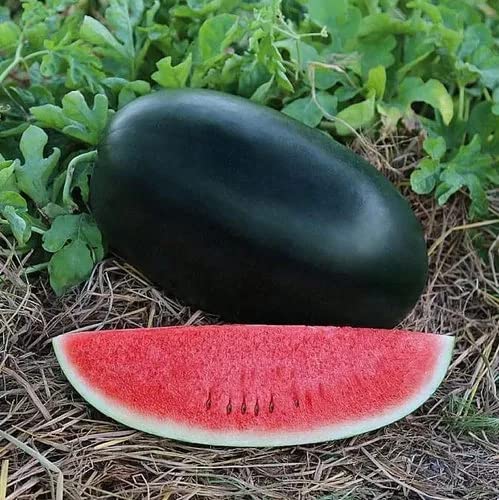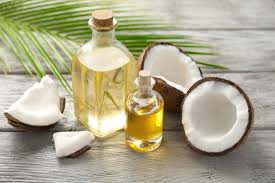
Hemp Hearts: A Tiny Superfood for You & Your Little Ones
Over the past few months, I’ve been experimenting with adding more plant-based nutrition to our family meals — simple tweaks that don’t change the flavour too much, but give that little extra nudge toward wellness.
One of the easiest (and surprisingly kid-friendly) superfoods I’ve come across? Hemp hearts.
These soft, creamy-white seeds come from the hemp plant, but don’t worry — they contain absolutely no THC, so there’s nothing remotely intoxicating about them. What they do have is a powerhouse combo of protein, essential fatty acids, and minerals that make them a great addition to just about any meal.
Here’s a quick breakdown of how to use them — and whether they’re safe for kids too.
How to Use Hemp Hearts
One of the things I love most about hemp hearts is how low effort they are. No soaking, no cooking, no peeling — just open the jar and sprinkle away.
Here are a few ways we’ve been using them at home:
Sprinkled on salads, oats, yogurt, or toast (adds a lovely nutty texture)
Blended into smoothies or shakes — especially good when you want to avoid dairy or get some plant-based protein
Mixed into batters — we’ve added them to pancake and muffin mixes; no one notices but the nutrition goes up!
Stirred into dals, sabzis, or even rice — honestly, they kind of disappear, taste-wise
Snacked on straight — our 5-year-old once spooned some from the jar and called them "baby nuts"
They’re especially rich in omega-3 and omega-6 fatty acids, magnesium, and iron — making them great for brain health, energy, and heart support.
Can Kids Eat Hemp Hearts?
Yes — hemp hearts are safe for children, as long as they’re introduced in age-appropriate quantities.
They contain no THC or CBD, so there's nothing psychoactive. What you do get is complete plant protein (with all 9 essential amino acids), plus healthy fats that support brain development and immunity.
Here’s a simple guide on how to introduce them by age:
Above 2 years: Start with ½ to 1 teaspoon daily, mixed into familiar foods (porridge, smoothies, roti dough)
6–12 years: 1 to 2 teaspoons daily
Teens: 1–2 tablespoons a day
As always, start small and watch for any sensitivities. But in our experience, they’re super gentle and well-tolerated.
How Much is Too Much?
Here’s what most experts recommend:
Adults: 2–3 tablespoons/day
Teens: 1–2 tablespoons/day
Kids (2–6 years): ½ to 1 teaspoon/day
Kids (6–12 years): 1–2 teaspoons/day
You don’t need to hit these numbers precisely — just sprinkle a little here and there throughout the day, and you’re likely already doing enough.
If you’re looking for a fuss-free way to boost nutrition — especially for your kids — hemp hearts are a great addition to your kitchen.
We’ve been quietly loving them in our home: stirred into breakfast bowls, folded into batters, and sometimes just added to warm rice. It’s one of those tiny things that can make a big impact over time.
Warmly,
Gautham PB
References
Callaway, J.C. (2004). Hempseed as a nutritional resource: An overview. Euphytica, 140(1–2), 65–72.
House, J.D., Neufeld, J., & Leson, G. (2010). Evaluating the quality of protein from hemp seed (Cannabis sativa L.) products through the use of the protein digestibility–corrected amino acid score method. Journal of Agricultural and Food Chemistry, 58(22), 11801–11807.
American Academy of Pediatrics. (2014). Complementary Feeding and Nutrition Guidelines.
Harvard T.H. Chan School of Public Health – Nutrition Source: Hemp Seeds.
U.S. Department of Agriculture (USDA) FoodData Central – Hemp seed, hulled.


